Light has dramatic effects on sleep, influencing circadian rhythm, melatonin production, and sleep cycles.
Circadian Rhythms
Circadian rhythm a 24-hour internal clock that coordinates a wide range of processes in the body, including sleep. This rhythm is controlled by a small part of the brain, known as the circadian pacemaker, that is powerfully influenced by light exposure.
When light enters the eye, it is sensed by a special group of cells on the retina, which is carried to the brain and interpreted as information about the time of day. The brain then sends signals throughout the body to control organs and other systems in accordance with that time of day.
When exposed to only natural light, a person’s circadian rhythm becomes closely synchronized with sunrise and sunset3, staying awake during the day and sleeping when it’s dark. In modern society, though, electricity creates an abundance of light sources that affect the brain’s circadian pacemaker.
The way light alters circadian rhythm depends on the timing of light exposure. When light is perceived early in the morning, it pushes the sleep schedule earlier. Light exposure in the evening pushes the sleep cycle backward toward a later bedtime.
Circadian effects vary based on the type of light and the duration of exposure. While prolonged light tends to be impactful, even short periods of artificial light can affect circadian rhythm4.
Excess or poorly timed artificial light exposure can cause a person’s circadian rhythm to be misaligned with the day-night schedule. This can throw their sleep out-of-whack and induce other concerning health impacts including worsened metabolism, weight gain, cardiovascular problems, and perhaps even an elevated cancer risk.
Circadian rhythms are also related to mood and mental health. For example, seasonal affective disorder7 is a type of depression that most commonly affects people who live in areas where winter months have very short days. Reduced daylight can interfere with circadian rhythm, contributing to mood changes during the winter.
Melatonin
Melatonin is a hormone that is naturally made by the body, and its production is closely tied to light. In response to darkness, the pineal gland in the brain initiates production of melatonin8, but light exposure slows or halts that production.
Drowsiness increases with rising melatonin levels, which is one way that this hormone facilitates sleep. In addition, daily cycles of melatonin production normalize circadian rhythm, reinforcing a stable sleep-wake schedule.
For some people with sleeping problems, including circadian rhythm disorders, synthetic melatonin, available as a dietary supplement, may be prescribed to help regulate sleep timing.
Sleep Cycles
Not all sleep has the same characteristics. In a normal sleep period, a person goes through four to six sleep cycles9, each of which lasts from 70 to 120 minutes. Those cycles are made up of multiple stages of sleep, including both rapid eye movement (REM) and non-REM sleep.
Light exposure at night can hinder transitions between sleep cycles, reducing the quality of sleep10. Too much light can cause repeated awakenings, interrupting the sleep cycle and reducing time spent in deeper, more restorative sleep stages.
Circadian Rhythm Disorders
Circadian rhythm sleep-wake disorders occur when a person’s internal clock isn’t functioning properly or becomes misaligned with their environment. Many circadian rhythm disorders are tied to patterns of light exposure.
Jet Lag
Jet lag is a circadian disorder that arises after long-distance plane travel. It usually occurs after traveling across five or more time zones11 because the body’s internal clock is still attuned to the time zone of the departure city.
When confronted with the distinct day-night cycle in the arrival city’s time zone, circadian rhythm can get thrown off-kilter12. As a result, a person may struggle to fall asleep, wake up earlier than they want to, or experience excessive daytime sleepiness.
Addressing jet lag usually means acclimating to the new time zone, such as by getting daylight exposure at specific times and avoiding light at certain times to realign circadian rhythm. This process can take several days and up to two weeks.
Shift Work Disorder
Some work schedules, known as shift work, require working into the evening or overnight. Night shifts may be an everyday part of a job or part of a rotating schedule. The Bureau of Labor and Statistics estimates that around 16% of workers13 in America have evening or overnight shifts.
Shift workers typically have to sleep during the daytime, putting them at high risk of a misaligned circadian rhythm and the development of shift work disorder. This circadian rhythm disorder can cause insufficient sleep, excessive sleepiness at inopportune times, mood problems, and elevated risk of workplace accidents.
Other Circadian Sleep-Wake Disorders
Circadian rhythm disorders can happen when a person’s internal clock gets shifted too far forward or back or if it fails to follow a stable 24-hour schedule. These problems are frequently connected to a person’s daily behavior and light exposure.
One treatment for many circadian disorders is light therapy14, which uses sitting close to a high-powered lamp at scheduled times to retrain the body’s internal clock. The strong lamp is meant to mimic daylight and is often used in the morning to normalize circadian timing.
Written by Eric Suni, Staff Writer
Medically Reviewed by Dr. Abhinav Singh, Sleep Physician






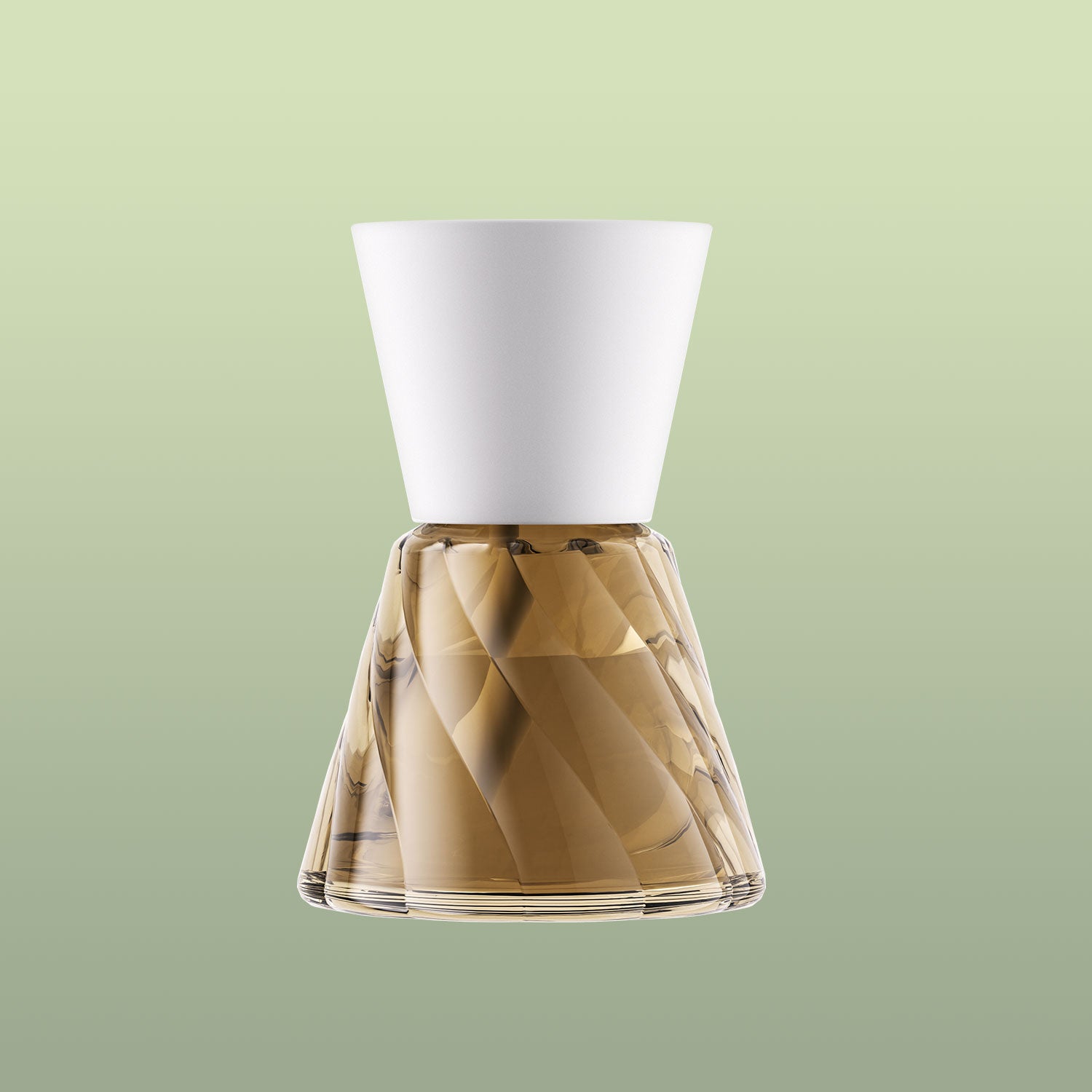


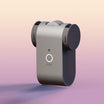
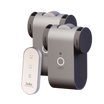

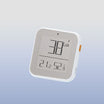




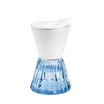



Leave a comment
All comments are moderated before being published.
This site is protected by hCaptcha and the hCaptcha Privacy Policy and Terms of Service apply.